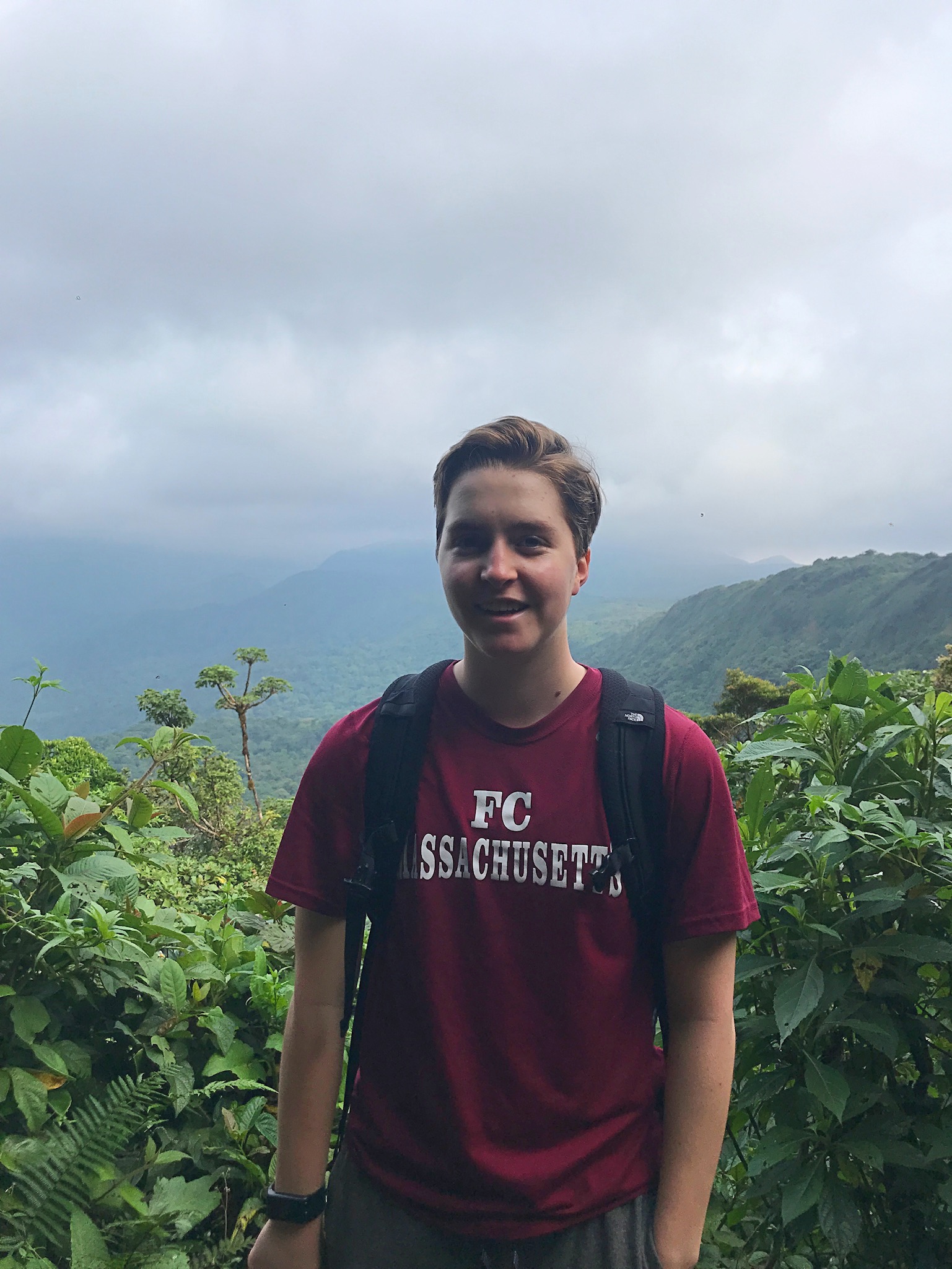Abstract: Using molecular dynamics (MD) methods, we’ve identified a subsystem of the ribosome termed the CAR interaction surface that we hypothesize regulates translation of mRNA by altering the CAR surface differently depending on the +1 codon. MD simulations of this area of the ribosome can be used to study the behavior of this dynamic system and examine the translation regulation mechanisms. We can use 2-Dimensional Root Mean Square Deviation (RMS2D) calculations to identify structural similarities or differences between frames of the trajectory, and create an RMS2D heatmap which plots the structural similarity of the system over time. To make the RMS2d heatmap, pairwise RMSD calculations are conducted for every possible frame-to-frame comparison of the trajectory, which forms a matrix of RMSD values which can be plotted to form the heatmap. Then an edge detection algorithm can determine the borders of segments of similar structure, and thus can identify stable segments of the trajectory. The algorithm walks up the diagonal and iterates horizontally to the right to determine where the edge is. To be considered part of the stable segment, 95% of the frames must be below a given RMSD value, and as soon as one horizontal iteration does not meet this criteria, the algorithm detects an edge. After detecting the stable segments from the RMS2D heatmap, we can compare these results with those of k-means clustering analysis, which groups frames of the trajectory into k clusters of similar structure. These two methods allows us to compare these system substates and gives us an idea about the characteristic behavior of the system In future directions for this research, I hope to examine the heterogeneity of trajectories with different initial velocities, and examine the transitions between stages of translation translocation using replica exchange.
Video:
Live Poster Session:
Thursday, July 29th 1:15-2:30pm EDT


